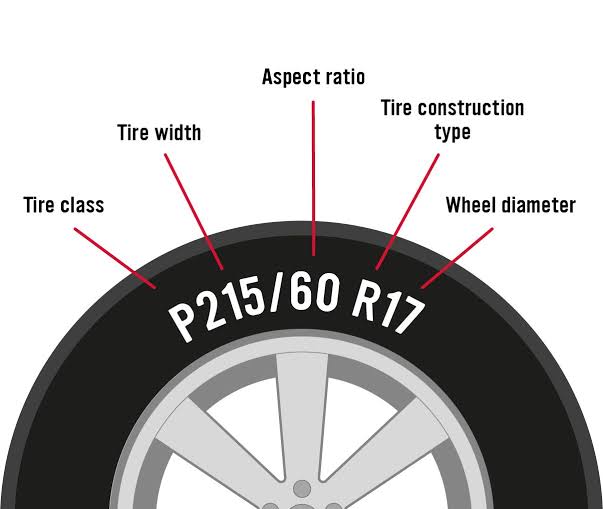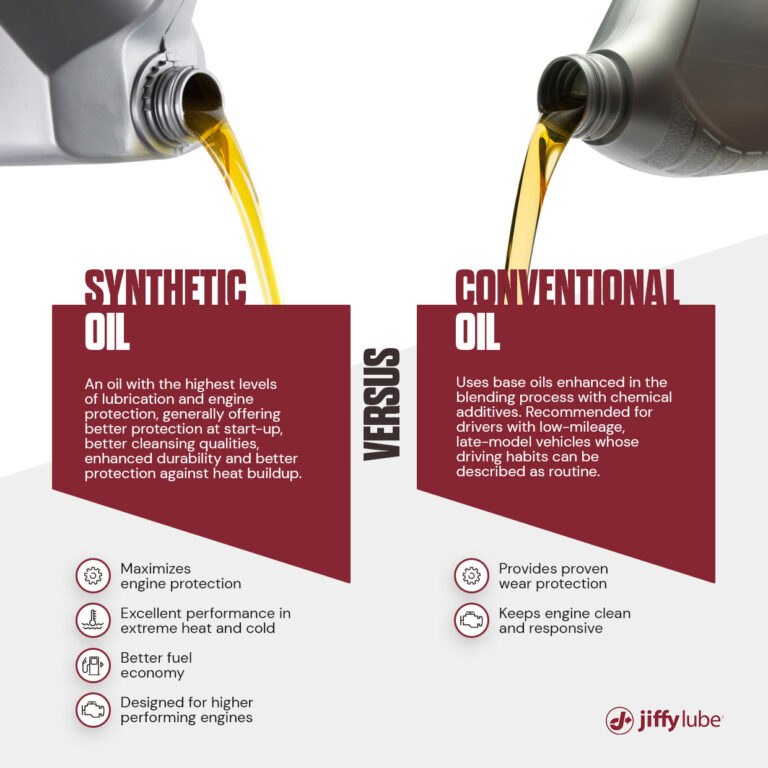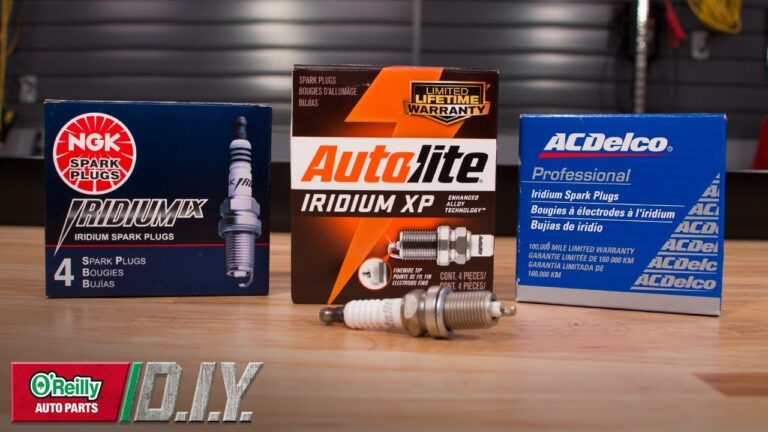How to Find Out What Size Rims You Have: A Complete Guide

Knowing your rim size is essential when buying new tires, upgrading your wheels, or checking vehicle compatibility. The rim size affects handling, ride comfort, and overall vehicle performance. To find out what size rims you have, check the markings on the wheel itself, look at the tire sidewall, or refer to your vehicle’s manual.
In this guide, we’ll cover various methods to determine your rim size, explain what the numbers mean, and offer tips on choosing the right rims for your vehicle.
Understanding Rim Size
Rim size refers to the diameter and width of the wheel, typically measured in inches. A standard rim size is represented as:
Example: 17×7.5J
- 17 = Rim diameter (in inches)
- 7.5J = Rim width (in inches)
Other specifications, such as bolt pattern and offset, also play a role in wheel compatibility, but the diameter and width are the primary factors when selecting tires.
Where to Find Your Rim Size
1. Check the Wheel Markings
Most rims have size information engraved on the back of the spokes or along the inner barrel. To locate it:
- Look at the inside of the wheel.
- Search for a sequence like “17×7.5J ET35” (diameter, width, and offset).
- If the numbers are hard to read, clean the surface for better visibility.
2. Read the Tire Sidewall
The tire itself provides information about the compatible rim size. Look for a marking like this:
Example: 225/45R17
- 225 = Tire width (in mm)
- 45 = Aspect ratio (sidewall height as a percentage of width)
- R17 = Rim diameter (in inches)
The last number (17) indicates the rim size in inches. However, this method only works if you have the correct tires already installed.
3. Check the Vehicle’s Manual or Door Sticker
- Most vehicles have a sticker on the driver’s side door jamb with tire and rim specifications.
- The owner’s manual also provides information about factory-recommended rim sizes.
- If you bought a used car, confirm that the wheels match the manufacturer’s recommendations.
4. Use an Online Wheel Size Lookup Tool
Several websites and databases allow you to input your vehicle make, model, and year to find the correct rim size. Simply search for your car’s specifications to confirm the original wheel size.
What Do Rim Size Numbers Mean?
When looking at rim specifications, you’ll see additional numbers like offset and bolt pattern. Here’s what they mean:
- Diameter (in inches) → The overall size of the wheel (e.g., 16″, 17″, 18″).
- Width (in inches) → The distance from one side of the rim to the other (e.g., 7″, 8″, 9″).
- Bolt Pattern (e.g., 5×114.3) → The number of lug nuts and the diameter of the circle they form.
- Offset (ET number, e.g., ET35) → The distance between the wheel’s mounting surface and the centerline. A lower offset pushes the wheel outward, while a higher offset brings it inward.
How to Choose the Right Rim Size
If you’re considering changing your rims, keep these factors in mind:
- Stick to the Recommended Size → Using rims too large or too small can affect handling and fuel efficiency.
- Match the Bolt Pattern → Your new wheels must have the same bolt pattern as your car.
- Maintain Proper Offset → Changing the offset too much can impact suspension and steering performance.
- Check Load Capacity → Ensure the rims can handle the vehicle’s weight and driving conditions.
Conclusion
Finding your rim size is simple if you know where to look. The easiest ways are checking the wheel markings, reading the tire sidewall, or referring to your vehicle’s manual. If you’re upgrading your rims, ensure they are compatible with your car’s bolt pattern, offset, and load rating. Choosing the right rim size improves safety, performance, and aesthetics, making your driving experience smoother and more enjoyable.
Also Check:
• How Do I Know If I Need a Tire Alignment?





